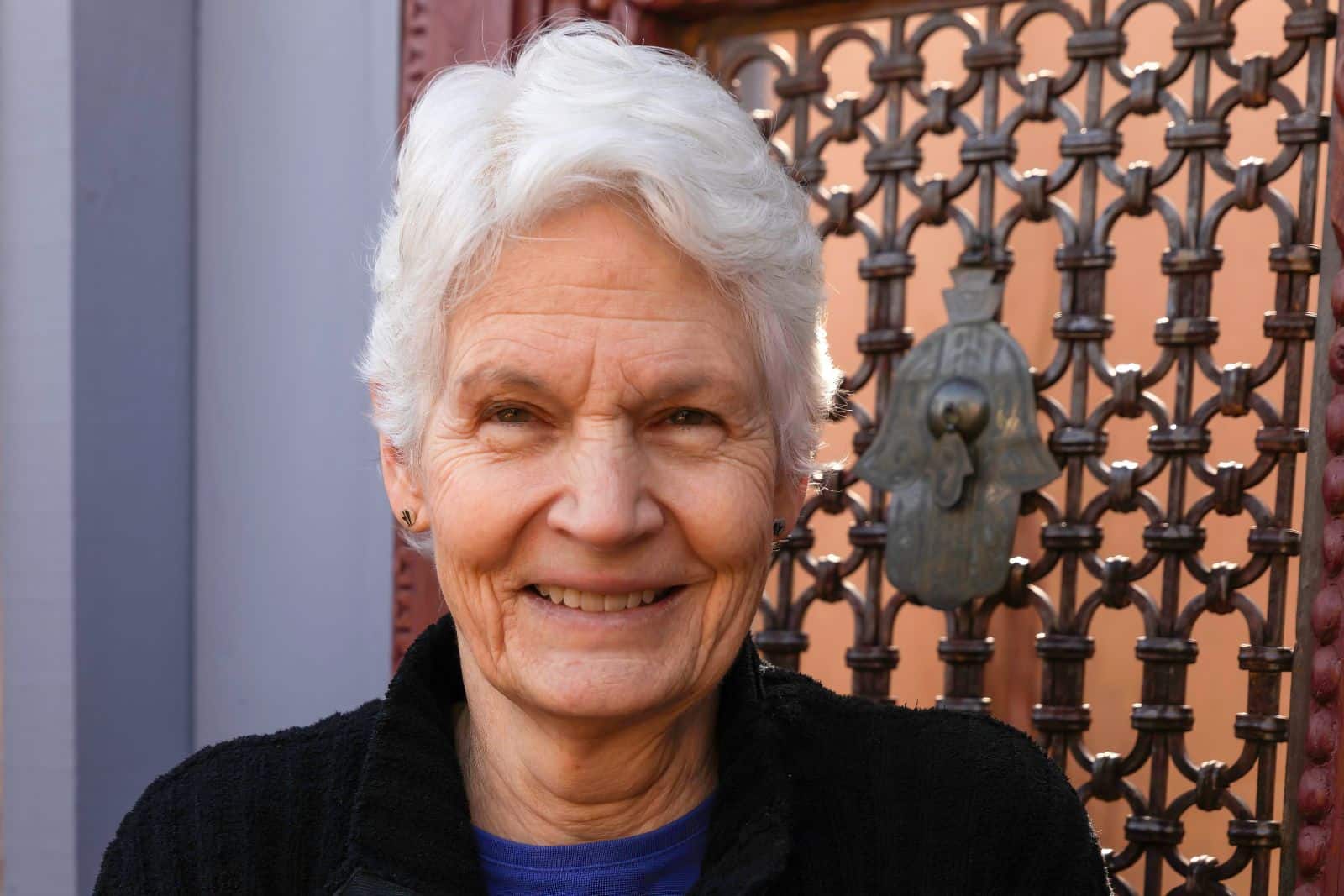The Archaeology of Prostitution and Clandestine Pursuits – Donna Seifert
Case studies from various nineteenth-century sites where material culture reveals evidence of prostitution, including a brothel in Five Points—New York City’s most notorious neighborhood—and parlor houses a few blocks from the White House and Capitol Hill. lso Brothels in the American West are also looked at—in urban Los Angeles and in frontier sites and mining camps in Sandpoint, Idaho; Prescott, Arizona; and Fargo, North Dakota. The artifact assemblages found at these sites often contradict written records, allowing archaeologists to construct a more realistic and complicated picture of daily life for working-class women involved in commercial sex.
Donna Seifert
Donna J. Seifert is an independent scholar, who spent most of her career working in historic preservation and cultural resources management. She maintains her registration in the Register of Professional Archaeologists.
She earned a bachelor’s degree from Lawrence University and a Master’s degree and a PhD in anthropology from the University of Iowa. She served on the board of the Society for American Archaeology and the board of the Register of Professional Archaeologists. Her service to the Society of Historical Archaeology includes a term on the board and as president, as well as several years as associate editor of the society’s journal, Historical Archaeology.
Her research focus is the archaeology of the historic period in Central Mexico, the Mid-Atlantic states, and northern New Mexico. Special interests include urban households and neighborhoods; the role of ceramics in understanding household composition and status; and brothels and prostitution. She served as co-author, with Rebecca Yamin, of The Archaeology of Prostitution and Clandestine Pursuits (2019, University Press of Florida).

